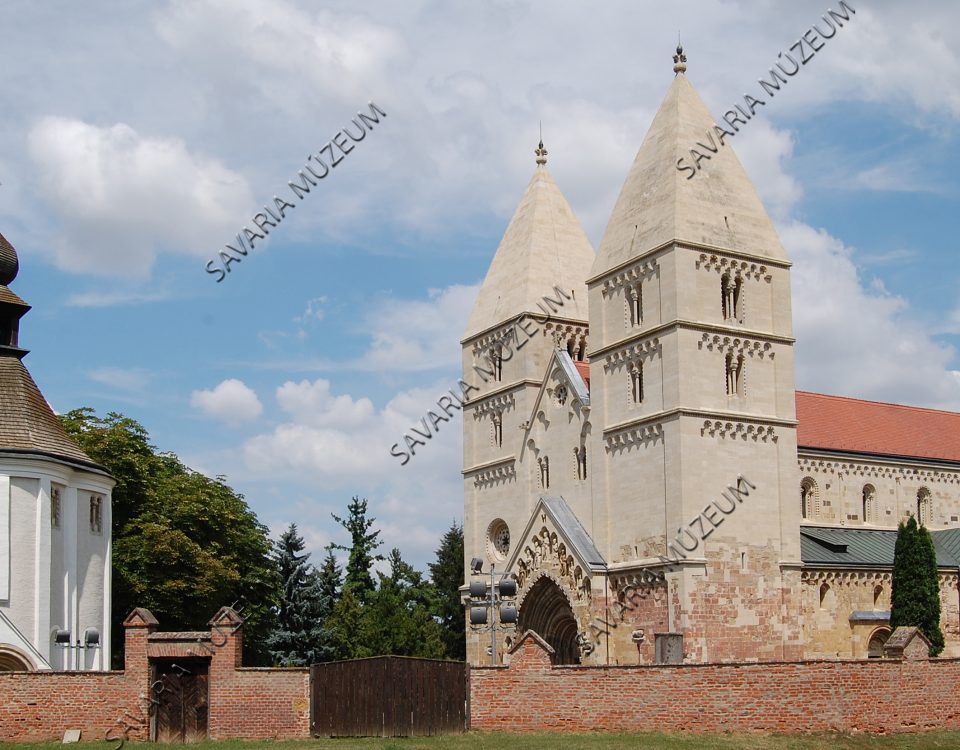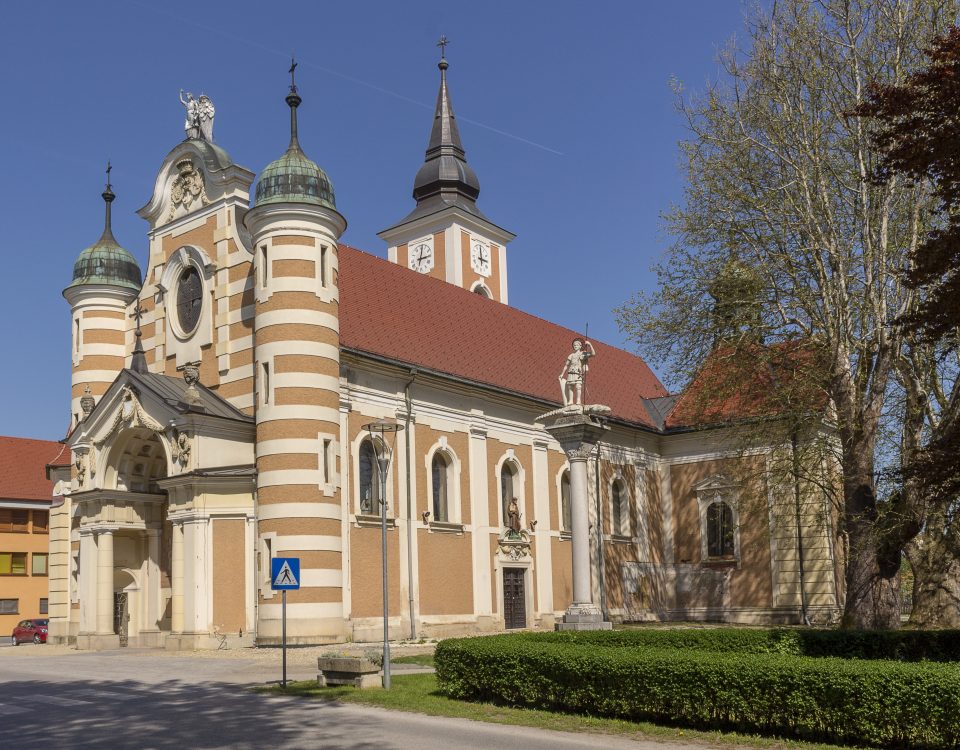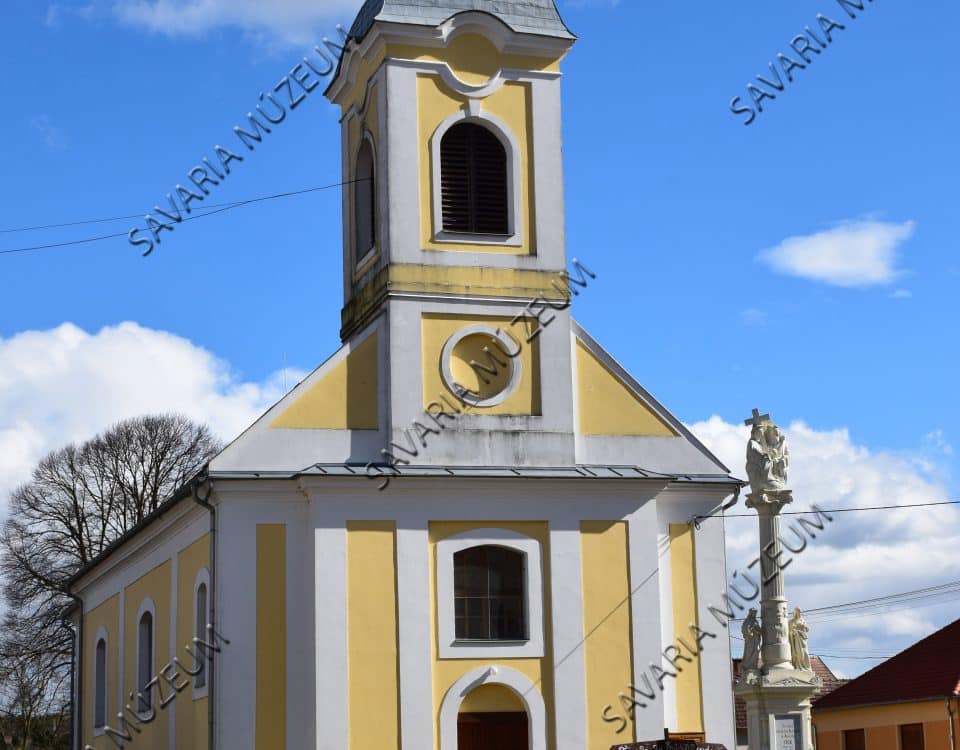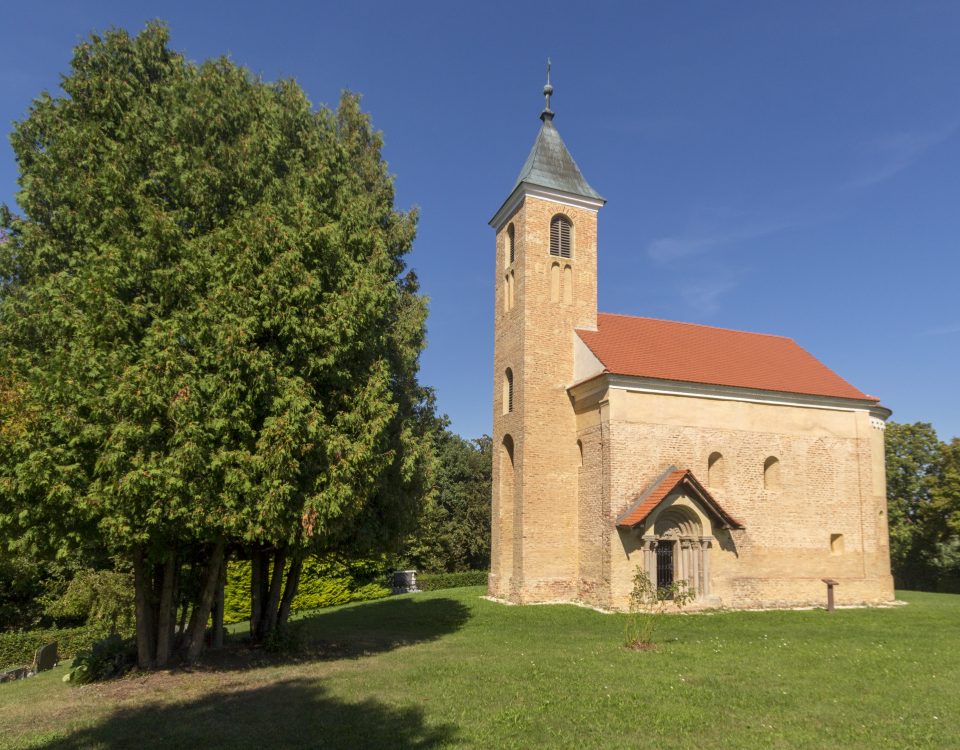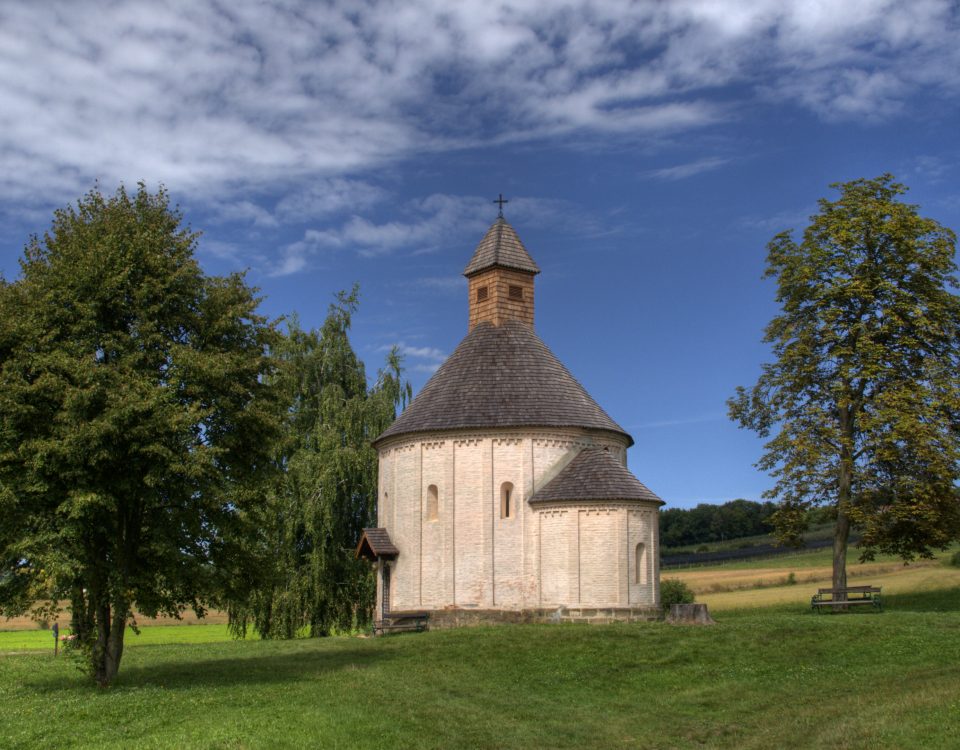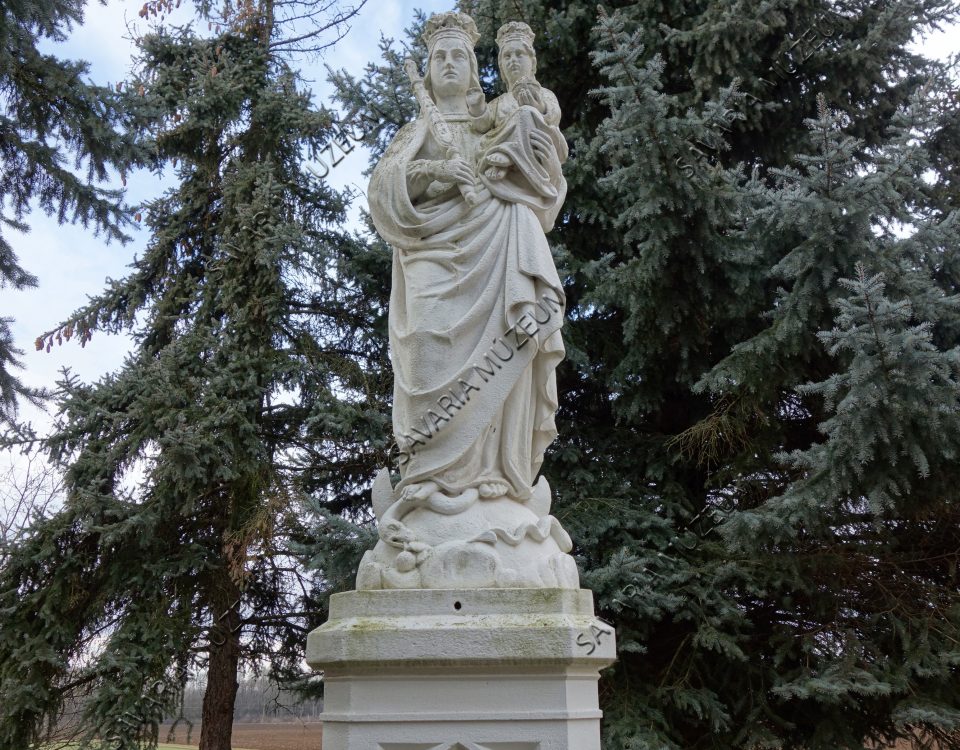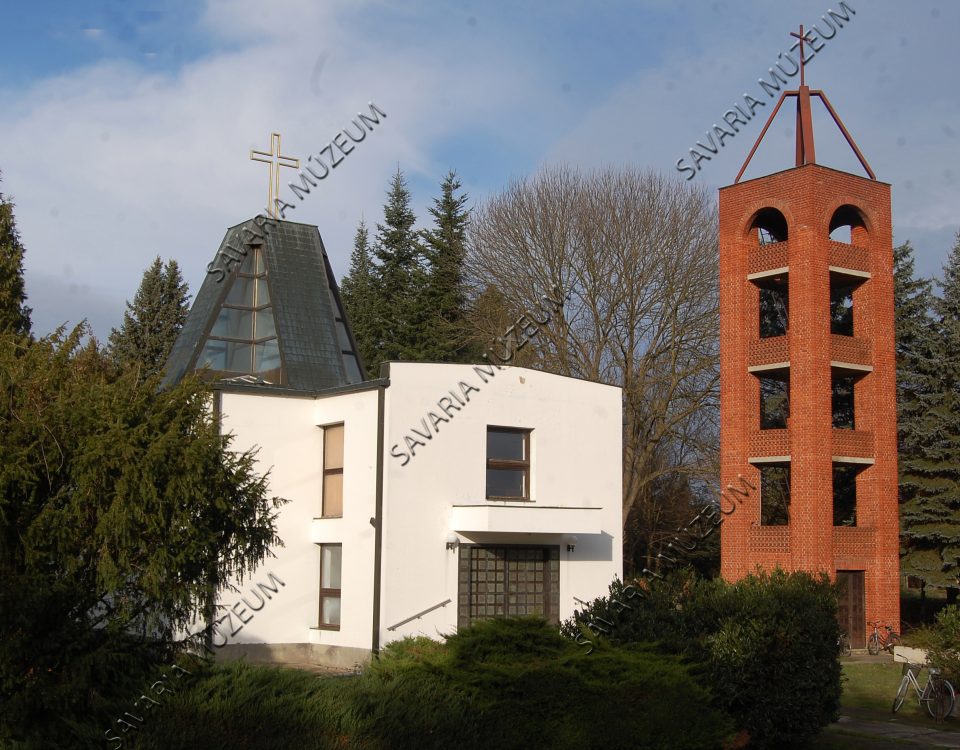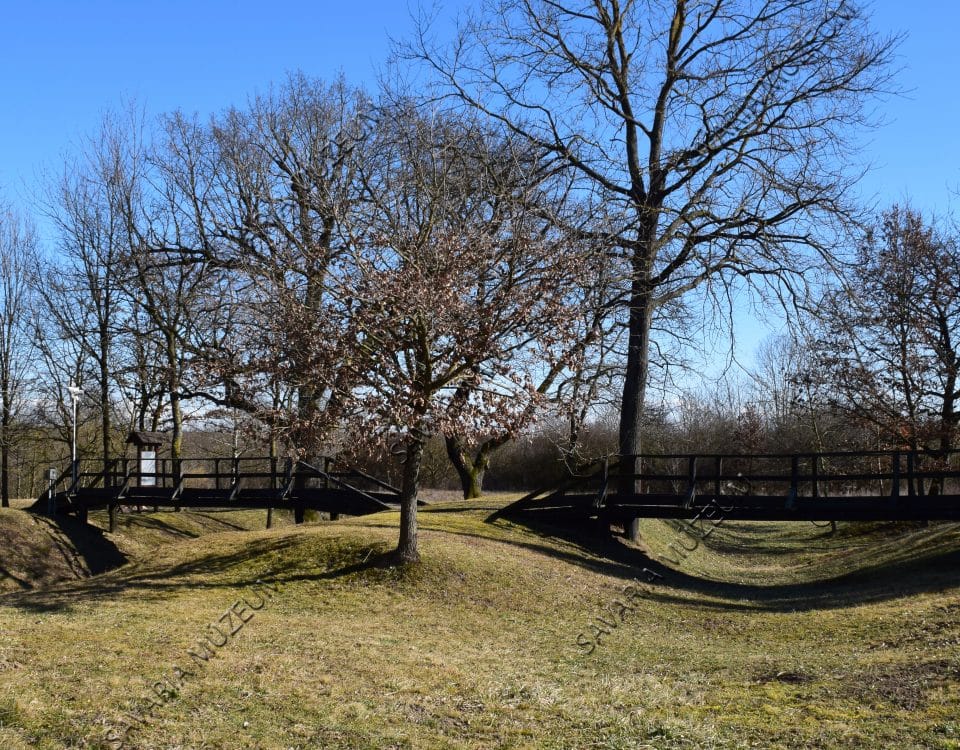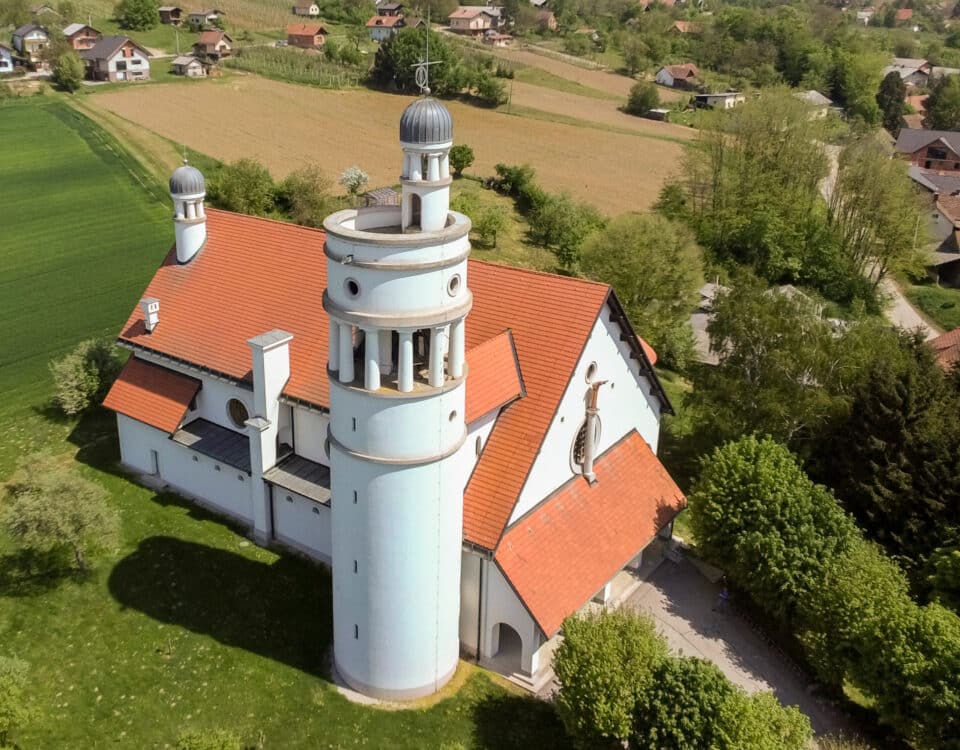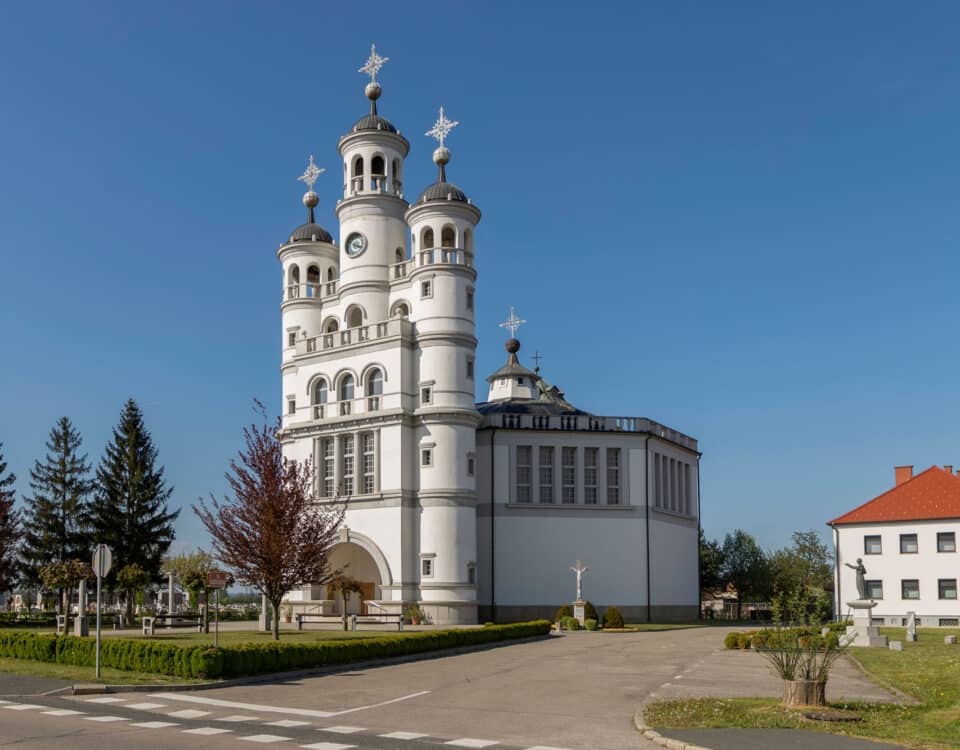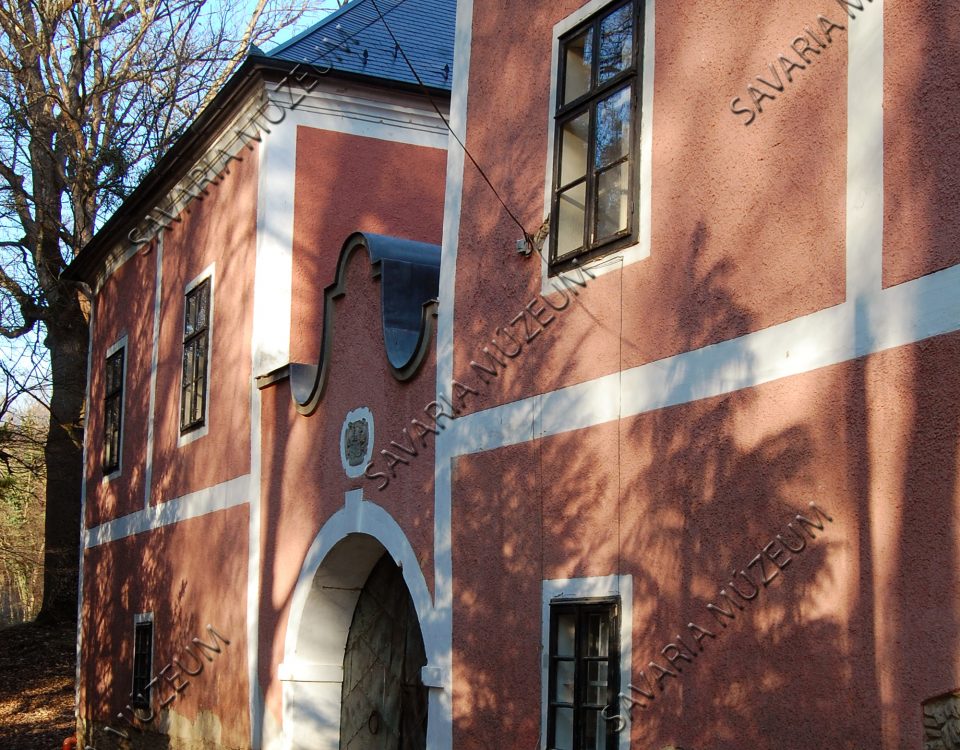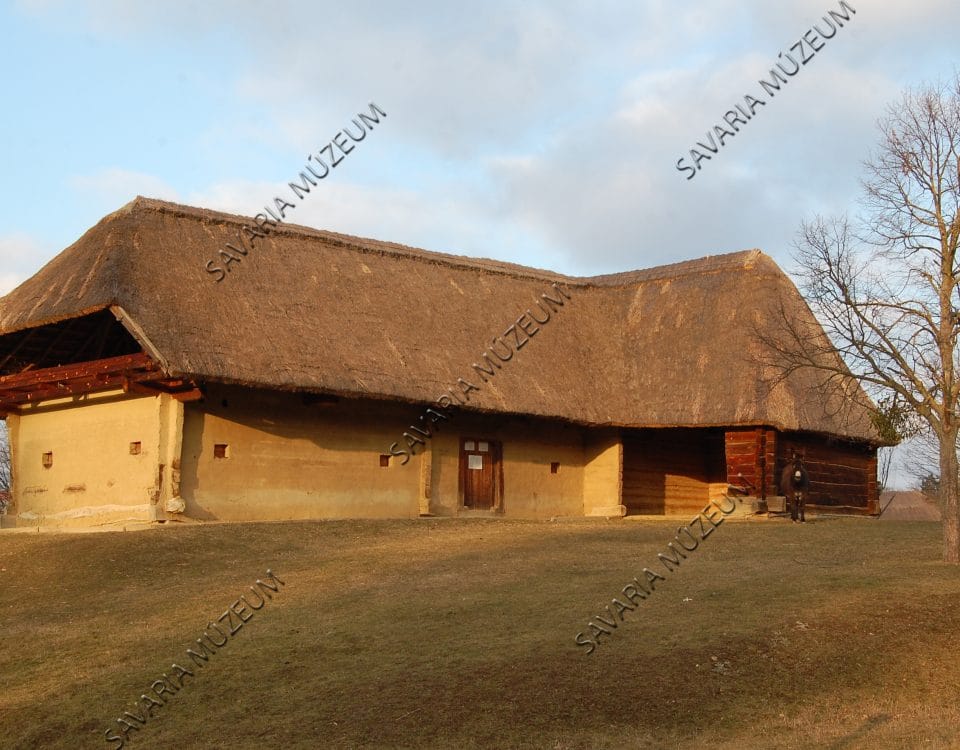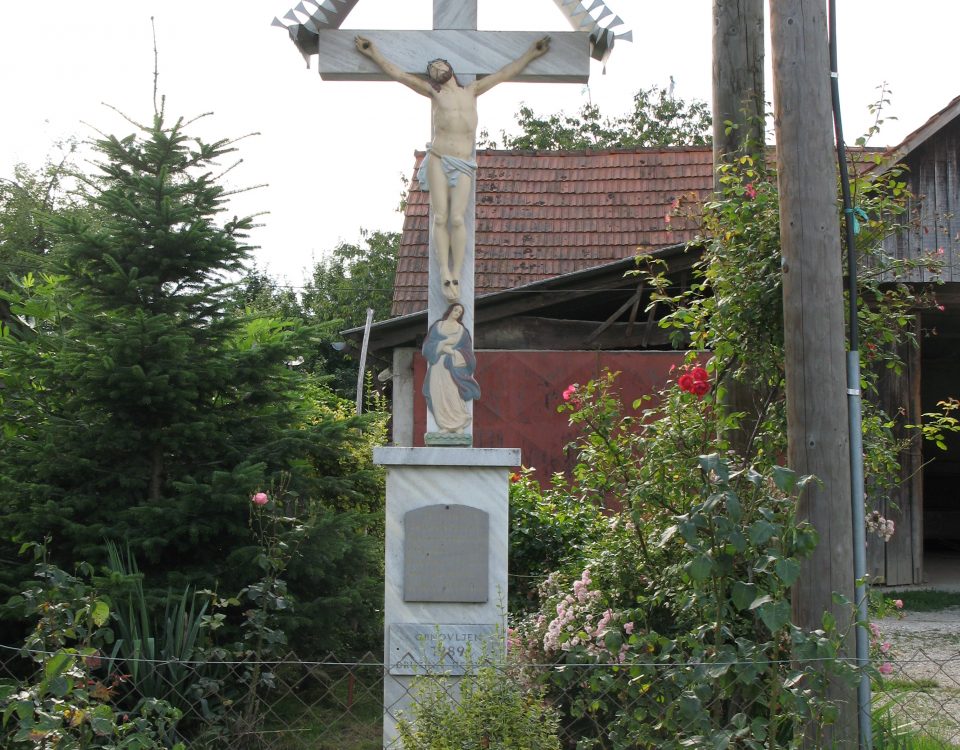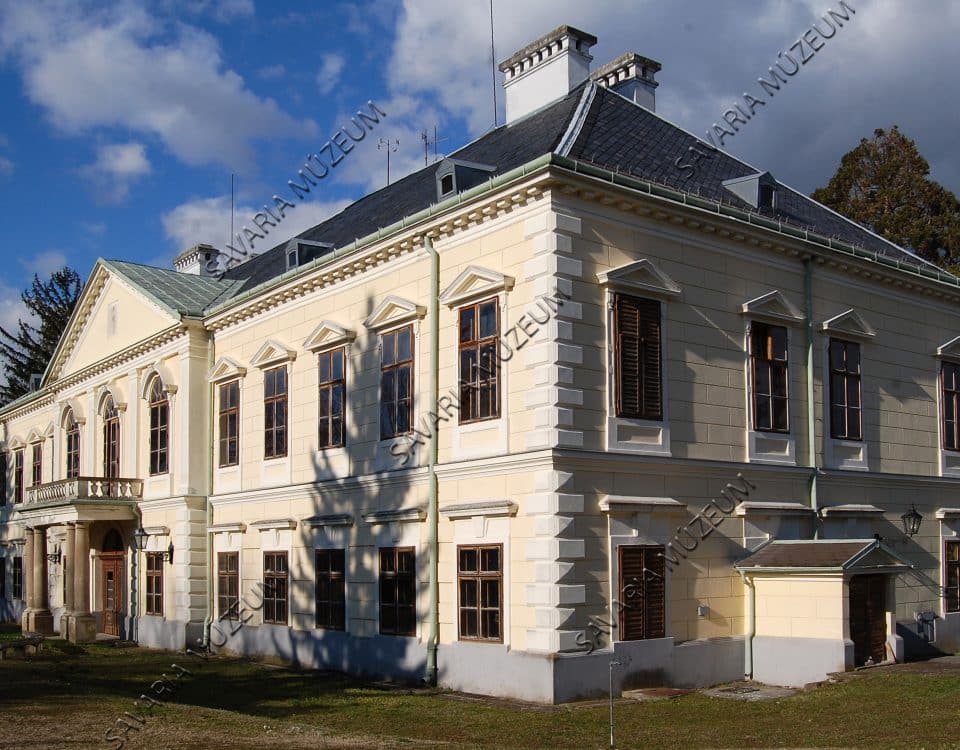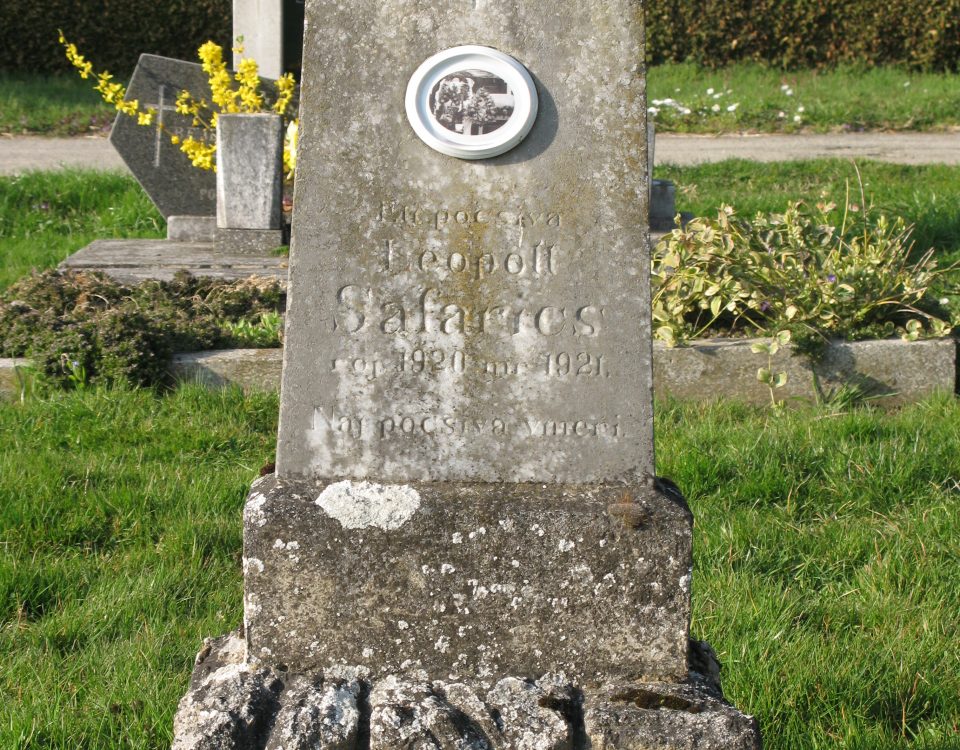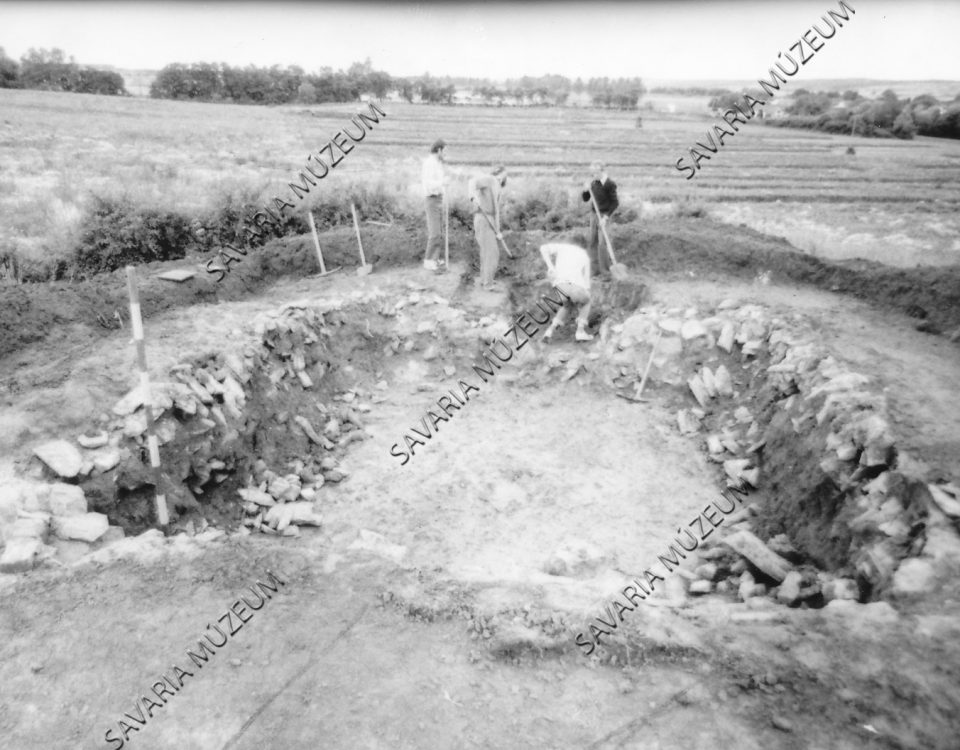Review of documented digitizers
21. February, 2020
A Roman Catholic church, formerly a Benedictine church. The church and the monastery were founded in 1214 by Márton Jáki Nagy, a rich nobleman. The church was completed in 1256 in Romanesque style with Gothic elements. In the 17th century, after a lightning damage, it was rebuilt by abbey Ferenc Folnay. In 1896-1904 it was…
11. February, 2020
The Baroque Church of St. Ladislaus was built in 1742, commissioned by General László Ebergényi. The church was named after King Ladislaus I of Hungary, who was born in 1041. From 1077 he was the king of Hungary. The church is 34 meters long, 16 meters wide and 10 meters high. In 1894, the side…
18. August, 2020
Built in honor of St. Margaret, a late-baroque church from 1795. It was rebuilt in the late 19th century in eclectic style. The interior painting is the work of Rezső Székely. The tower of the church rises from the entrance façade. The church has a Bohemian vault. Its main altar is early baroque, the work…
10. February, 2020
Located on a hill south of Domanjševci, there is a one-nave Romanesque brick church dating from the first half of the 13th century. The Domanjševci church has three specialties; the first is the bell tower built at the same time as the church, the second specialty of the church is the rich Romanesque-style gate on…
18. August, 2020
The rotunda (round church) is one of the oldest architectural monuments of the Prekmurje from the middle of the 13th century, named after St. Nicholas. The settlement of Selo (Lak) was first mentioned in written sources in 1340 and 1365 as "seu valle Lak Sancti Nicolai (a Szent Miklós-völgyben)". Today, the rotunda is covered by…
18. August, 2020
A statue of the Immaculate Conception in the church garden. It has a prismatic, Gothic-style base. The bottom is square-shaped with wedge-shaped beveled corners. In the intermediate field is a blind tracery, above it an embossed ornamental element of the base, followed by an abacus profiled on bottom, otherwise smooth. This is where the statue…
21. February, 2020
The building has a cross-shaped layout. A copper-clad flat-topped prism-shaped 6x6 meter dome and the windows ensure the lighting. There are bronze plaques on the gate with the names of the 72 books of the Scripture. The church bells are in a separate bell tower. The inside walls depict the stations. Above the entrance is…
18. August, 2020
Late medieval castle site. It is located on a hilltop on the western side of the village, behind the houses of Petőfi Street. On its eastern side lies a deep valley. It is the remnant of the medieval castle of the Darabos family in Nádasd, which was turned into a fortress against the Turks. The…
18. August, 2020
The architect Jože Plečnik responded to the invitation of Franc Bajlec to prepare plans for the new church requested by the villagers of Bogojina and their parish priest, Ivan Baša. In his new architectural plan, he included the preserved gothic part of the church and added monumental volume with a stone column and flat wooden…
18. August, 2020
The independent parish was established on October 1, 1944. In the spring of 1946, Janez Valentinčič was entrusted with the design of the church, and the congregation decided to build an octagonal church. The plans for the church were drawn up by Plečnik's pupil Valentinčič in 1946, but the building could only be started in…
21. February, 2020
Built on the remains of a Roman building in the 16th-17thcentury, the castle is a late Renaissance-Baroque manor house from 1614. Its present form was established in 1815. The arched gateway has a special architectural value. The ground floor rooms have with barrel vaulted ceilings. Its hallway exhibits the life of the last owner, Dr.…
3. March, 2020
In 1978, János Bárdosi (1933-1983) demolished a house with a chimneyless kitchen on the János Hill in Felsőszölnök. During the demolition, he noted that the residential building originally consisted of three parts: a chimneyless house, a porch and a chamber. The house had five sliding blind windows, one vent hole and a smoke outlet. Therefore,…
11. February, 2020
The cross of the village is in front of a house in Dolnja Bistrica (next to house no. 38) with the following inscription: "Praised be our Jesus Christ. To commemorate Jesus' suffering, the cross was erected by Ifko Urša in 1887.” The cross was restored in 1989 by the Horvat family.
18. August, 2020
The Szentgyörgyi-Horváth baroque castle complex was built around 1780 and its designer is assumed to be Hefele Menyhért. The main building is a free-standing, two-leveled, rectangular layout structure. The middle three axes of the outer and garden façade form an avant-corps, decorated with lesenes, closed by a tympanum. On its long sides there is a…
11. February, 2020
An tombstone made of artificial stone (cast cement and lime, polished and carved) and a photograph which is considered rare in the Pomurje region. A toddler can be seen on it, on a bier. This entry was written in Prekmurje dialect with Hungarian letters: Here rests Leopold Šafarič, born in 1920 and died in 1921.…
21. February, 2020
The tumulus no. 1, being 6.5 meters high and 34 m in diameter, was unearthed in 1978 under the leadership of Mária Fekete. The 6.7 x 7 m chamber inside the mound was oriented north-south. On the southern side, the entrance was marked by two pairs of column posts, and at that time there were…

